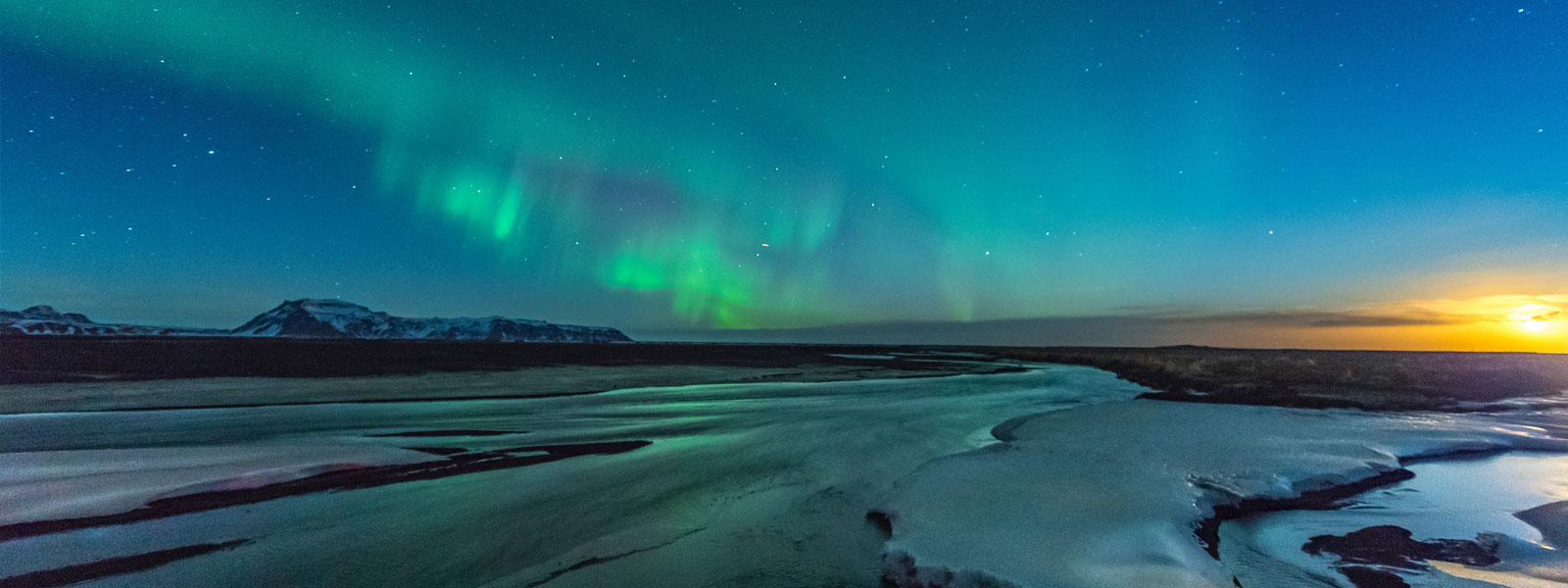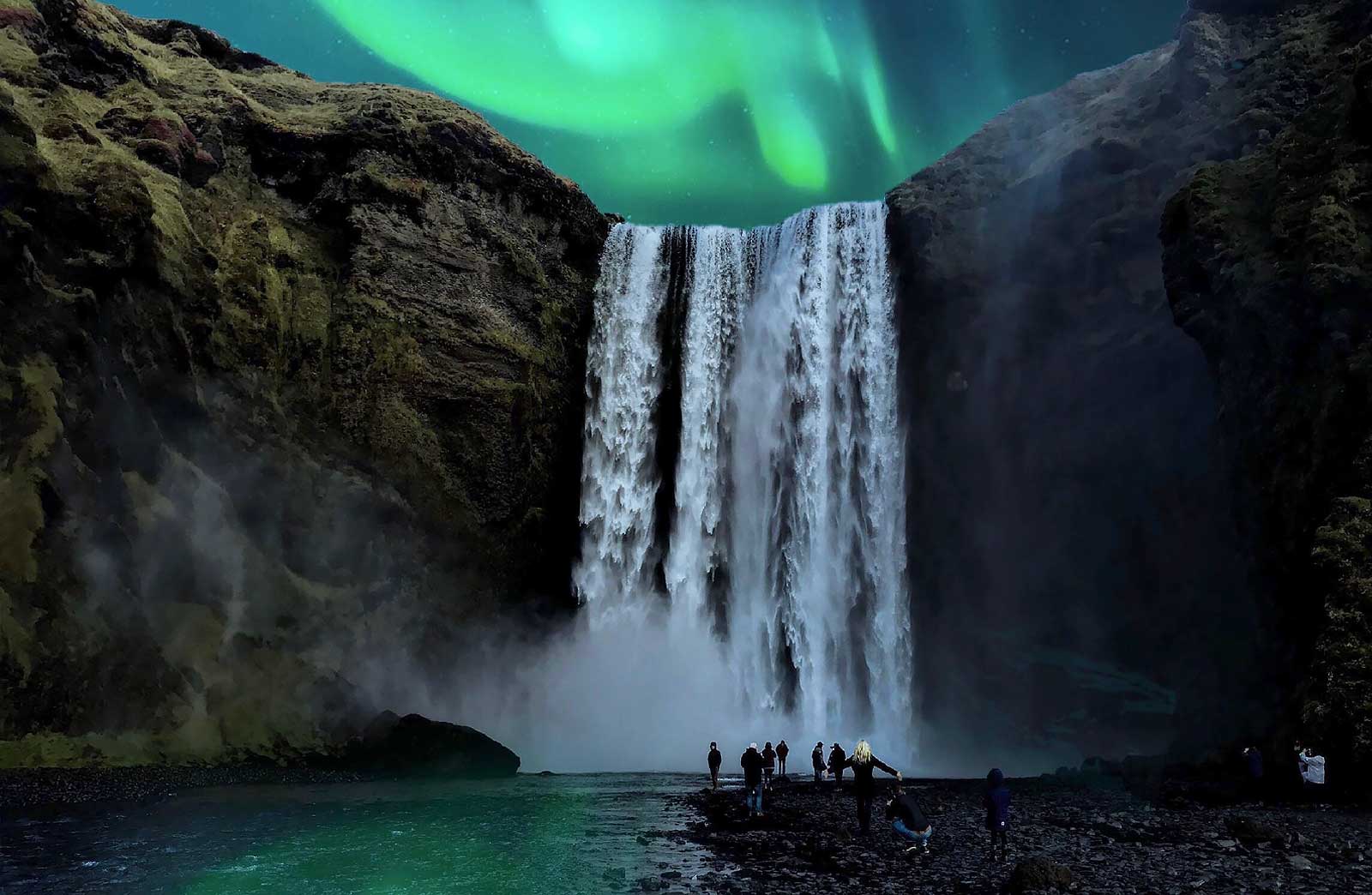
The best time to see the Northern Lights in Iceland is during the winter months, specifically from late September to early April. This period offers the darkest nights and the highest chances of witnessing this natural phenomenon. Here's a breakdown of what to consider when planning your Northern Lights trip to Iceland:
- September to October: While the weather is still relatively mild in September and early October, you can already start seeing the Northern Lights. However, it's not as cold as the winter months, making it a more comfortable time to travel.
- November to February: This is the peak Northern Lights season in Iceland. The nights are long, and the darkness provides ample opportunities to catch the lights dancing across the sky. However, keep in mind that it's also the coldest time of the year, so be prepared for frigid temperatures and potentially snowy or icy conditions.
- March to early April: The Northern Lights can still be visible in March and early April, but the nights start getting shorter as winter transitions into spring. You might have to deal with more twilight during these months, making it a bit more challenging to see the lights.

Here are a few additional tips for maximizing your chances of seeing the Northern Lights in Iceland:
- Check the Aurora Forecast: Keep an eye on the Aurora forecast and space weather updates. Websites and apps like the Icelandic Met Office and Aurora forecasting services provide real-time information on the likelihood of Northern Lights activity.
- Get Away from Light Pollution: To see the Northern Lights at their best, venture away from the light pollution of cities and towns. Head to rural areas or designated dark sky locations for the best viewing conditions.
- Be Patient: Even during the prime season, the Northern Lights can be elusive. You might need to spend multiple nights looking for them, so patience is key.
- Consider a Tour: Booking a Northern Lights tour with experienced guides can increase your chances of success. They know the best spots and can offer insights into the science and folklore of the Northern Lights.

Remember that the Northern Lights are a natural phenomenon, and there are no guarantees of seeing them. However, visiting Iceland during the recommended months and following the tips mentioned above will enhance your chances of experiencing this breathtaking spectacle.







